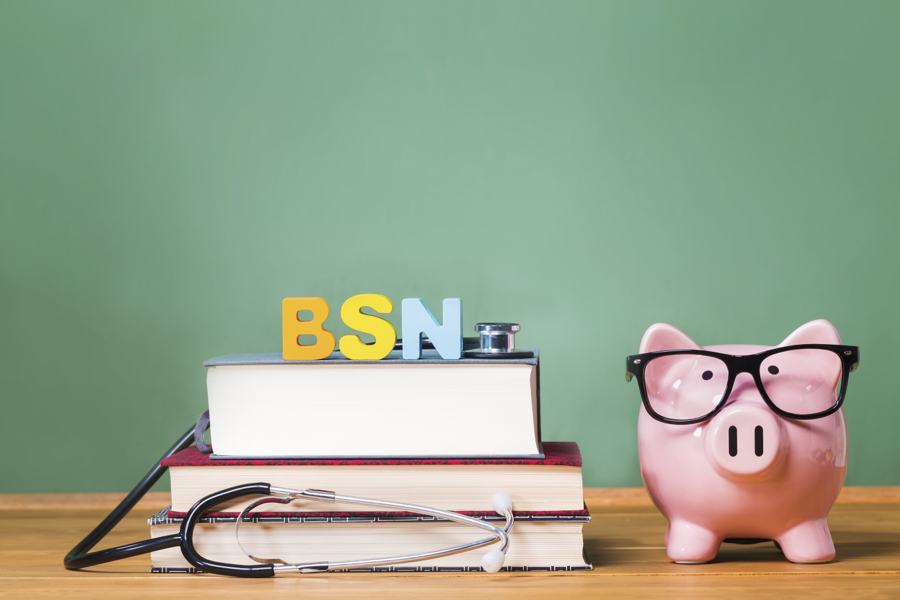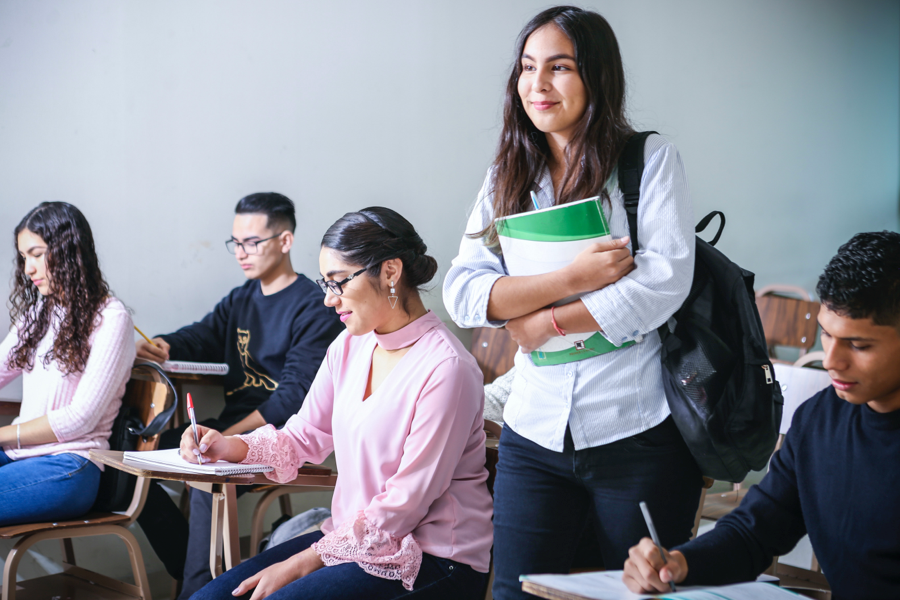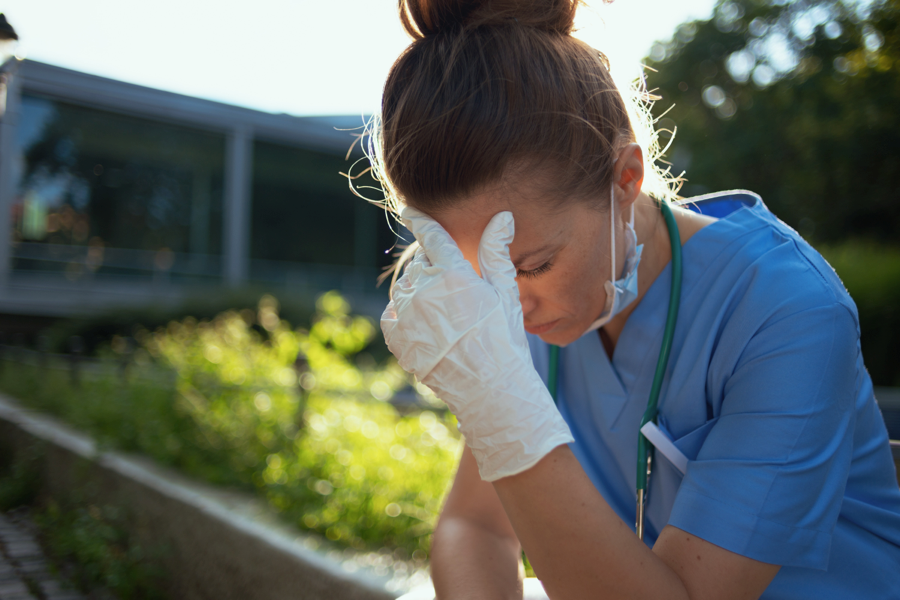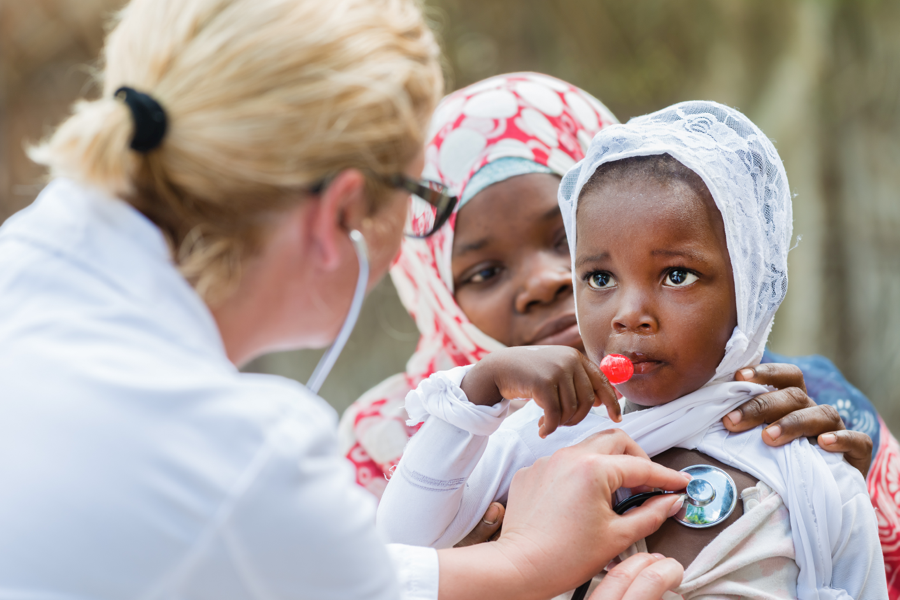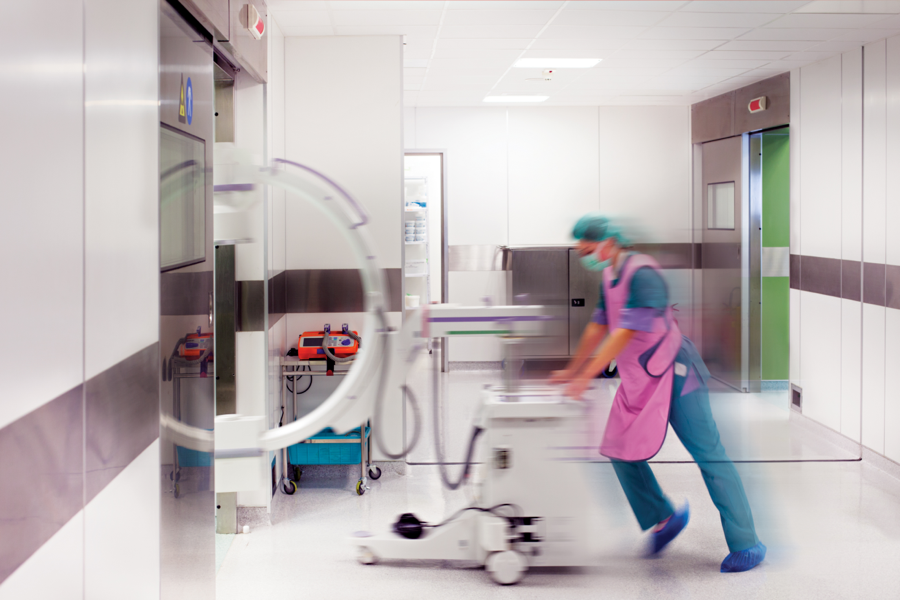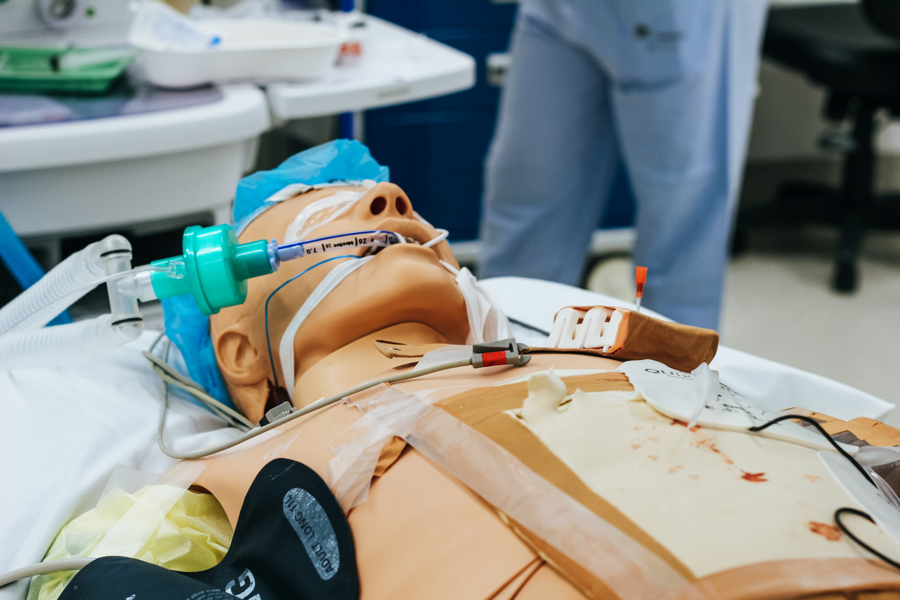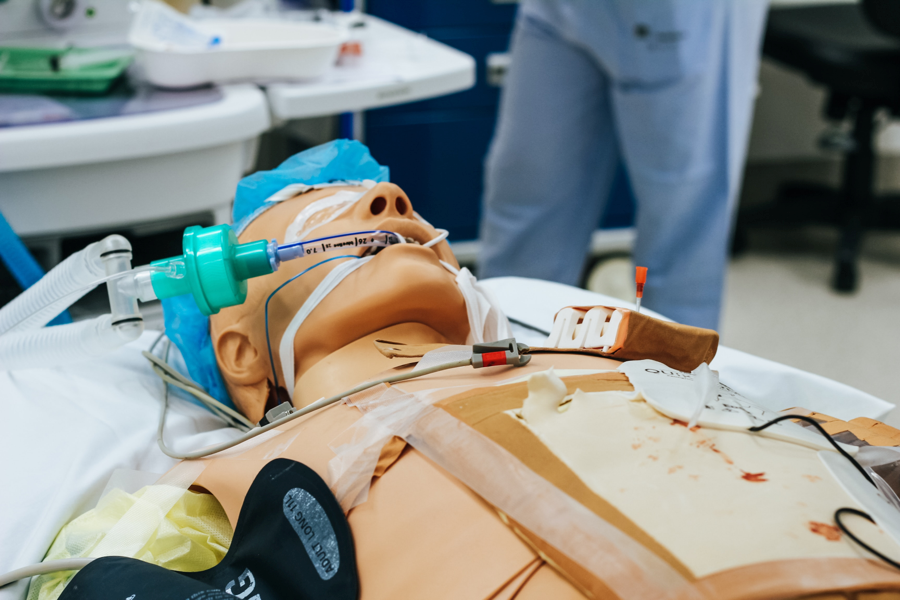
CLINICAL PRACTICE
The Changing Model of Nursing Student Clinicals in the Acute Care Setting During a Pandemic
-
 EveryNurse Staff
EveryNurse Staff
- Last Updated: 10/25/2020

Recently, COVID-19, the novel coronavirus, has drastically affected nursing education. As nursing students look forward to returning to the hospital and other acute care settings, universities and faculty members are focusing on preparation. The training recommendations constantly shift as changes in COVID-19 research and infection rates occur in real time. The patients are currently more acute, but the hospital volume tends to fluctuate and lessen overall.
When looking at the pandemic as a whole, it is crucial to take it day by day as the epicenter changes rapidly. According to the American Association of Colleges of Nursing, “situational awareness regarding COVID-19 transmission in your state drives informed decision-making.” Statistics look very different across the country due to patient populations, communities, and geographic regions.
Safety is the top priority as clinical operations resume. However, keeping students safe means covering critical factors in the relationship between nursing students and clinical environments. Three of these factors include protocols and processes for training, appropriate availability and use of personal protective equipment (P.P.E.), and clear communication.
Protocol and Processes for Training
There have been broad updates to the traditional clinical affiliation placement agreements between schools and clinical sites. Each nursing school trains students differently depending on their policies and associated healthcare organizations. The two main types of affected protocols are related to COVID-19 and visitor policies. Students and faculty must agree to stay current with regular training as these protocols and processes change.
Personal Protective Equipment (P.P.E.)
For students to be safe in clinical, adequate P.P.E. must be available and correctly used. Faculty should ensure students understand when to use an N95 respirator for COVID-19, other viruses, and aerosol-generating procedures. If there are additional policies in place at an organization, students must be made aware.
The federal and state Occupational Safety and Health Administration (O.S.H.A.) requires fit testing before donning an N95 respirator. Nursing schools must develop innovative approaches to ensure their students can access P.P.E. like masks, face shields, and respirators. One option to ensure the N95 is an appropriate fit for students is to send a faculty member to “Train the Trainer” and learn how to oversee fit testing. Nursing schools should also consider additional resources like emotional support, mental health services, and educational tools related to COVID-19.
Communication
Communication about policies is frequently in flux due to unpreceded changes in clinical care. Patient care opportunities may differ in terms of students and their preceptors during this crisis as some facilities may restrict student involvement in the care of patients with airborne isolation.
There are increased clinical simulations as state boards of nursing are rushing to temporarily adjust guidelines. As states declared a state of emergency, many governors issued executive orders to allow graduate nurses to practice before sitting for the NCLEX-RN. With these new nurses having varied experience levels, communicating one’s comfort level with procedures and understanding is more important than ever before.
Communication is crucial with COVID-19 nursing clinical rotations for students who are not in the health entity’s space. There are challenges with evaluating the clinical experience when comparing in-person versus virtual. Some instructors opt for a personal reflection with the student, while others prefer a group setting. Regardless of whether students are post-clinical or post-simulation, a debrief enhances learning.
Flexibility
The current adaptations may steer the future of nursing education towards a more virtual environment. With a shortage of educators, faculty who are not tech-savvy may struggle to keep up. Online learning requires additional training and technology purchases. However, embracing these changes may bring the nursing career into the home of populations that previously could not fit nursing school into their schedule.
There remain some unknowns: how will this affect faculty members? Where will the funds come from for this specialized training? The shifting landscape of higher education may permanently alter how we look at the nursing school’s financial structure and the virtual world.
The resilience of the nursing profession is demonstrated time and time again. Students, nurses, and educators show tremendous strength and teamwork as they navigate uncharted territory during the pandemic. As challenges arise, nurses will do what they are best at, adapt, and overcome.
There is no one size fits all approach to student clinical experience during a pandemic. These dynamics will impact the practice of nursing beyond COVID-19. The reality is that this is the foreseeable future, and it is transforming the way we look at the educational experience now. The pandemic has reaffirmed many students’ determination for a nursing career, but the journey to the profession may look a bit different than expected.

